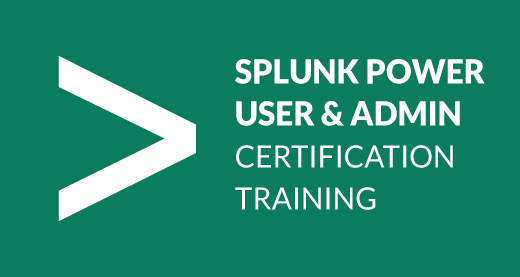Splunk Certification Training: Power User and Admin

Splunk Power User and Admin Certification training teaches
you to work with Configuration and User Management in Splunk. This training will help you in gaining knowledge on
Setting up a Cluster, Data Ingestion from multi sources & Splunk
knowledge objects which includes Searches, Create and Manage Alerts, Create and
Manage Splunk Reports, Splunk Visualizations and Splunk Dashboards while
working on real-life Use-Cases.
This Splunk Power User and Admin Certification Training includes concepts which are required for both Splunk Power Users and Splunk Administrators. By the end of this training, you will learn their roles, responsibilities and be ready for implementation. The Splunk Online Training helps you work with Configuration files and settings, use Searching & Reporting commands, use various Knowledge objects, and finally create Dashboards for visualization with the help of real-life Use-Cases.



